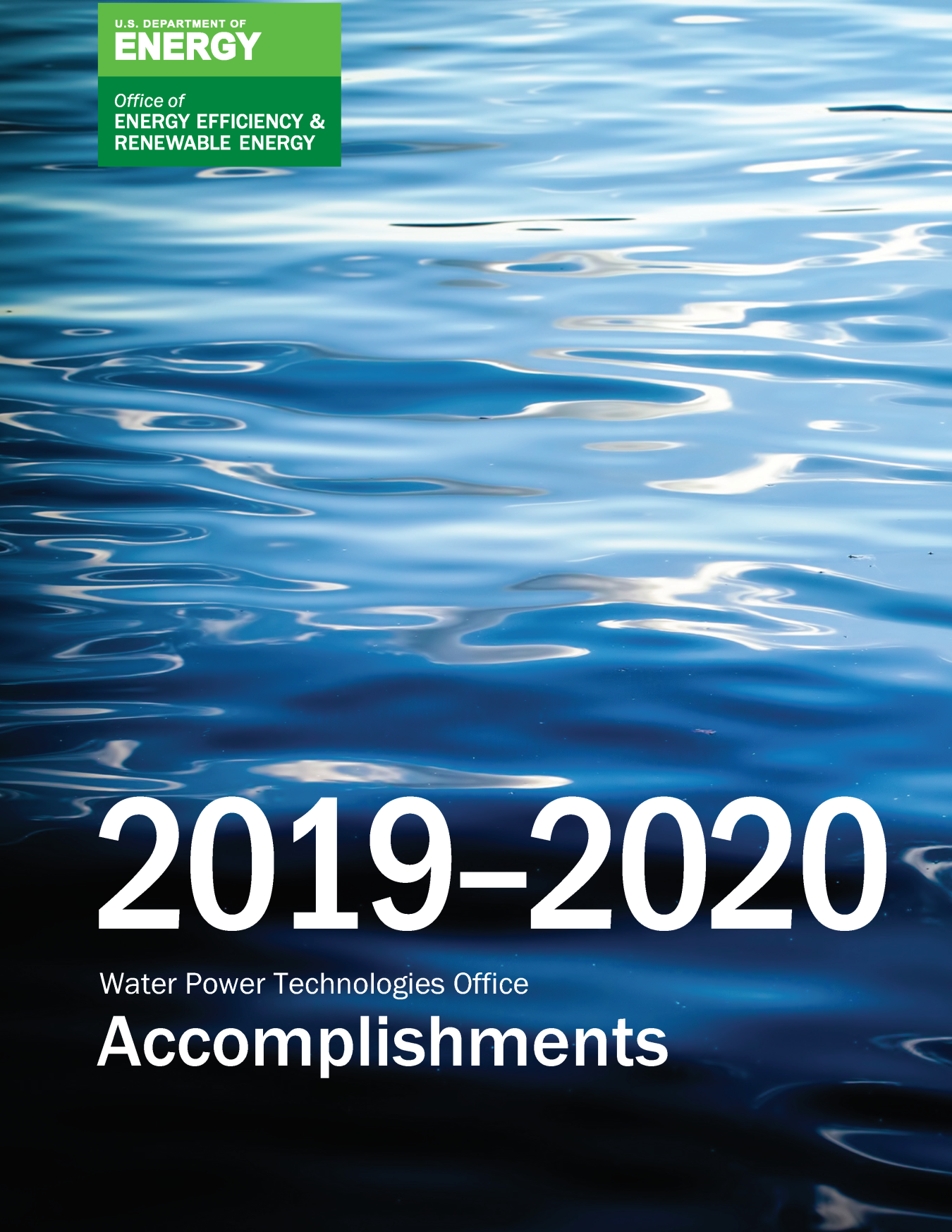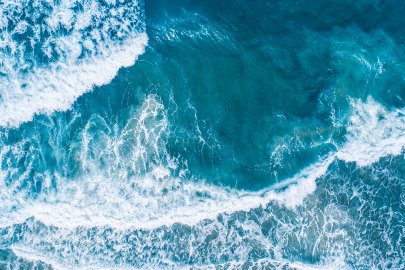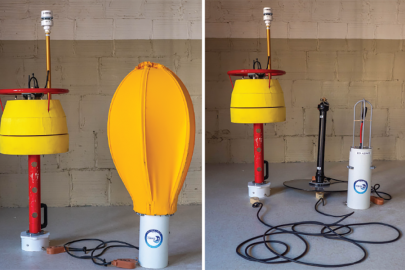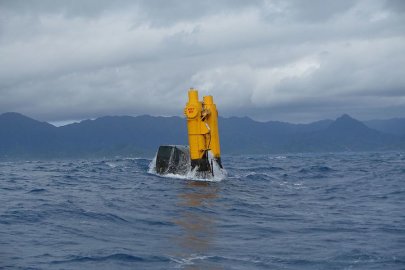Sandia National Labs has released reports, open-source codes, and trainings to help quantify MRE device interactions and noise in marine environments.
Water Power Technologies Office
January 13, 2021New open-source, publicly available modeling tools have been released by Sandia National Laboratories (Sandia) and a number of partners to help quantify marine renewable energy interactions and noise in marine environments. The Hydrodynamic and Acoustic Models for Quantitative Environmental Assessment project has published several model-based reports, open-source codes, and various training materials that regulators, project developers, environmental consultants, and other scientists can use to evaluate potential environmental effects. As the first-ever underwater acoustic modeling tools to include uncertainty quantification, Sandia’s Paracousti and Paracousti Uncertainty Quantification models predict how noise from a marine energy device array spreads through water and sediment, and they provide a promising application for evaluating the random variation in those sound levels.
Sandia worked closely with Montana State University and Integral Consulting to develop Paracousti—an underwater sound propagation tool publicly released as open-source code in 2019 for developers and regulators to characterize sound levels within complex, variable marine environments. Underwater acoustic propagation for marine renewable energy devices is challenging to model, especially as many future deployments are envisioned as arrays with complex sound signatures. A single model run from Paracousti can capture the interaction between multiple, complex sound sources at specific times while accounting for the full 3D variation in sound speed and density—details needed to quantify the effects of marine renewable energy on the environments in which they operate.
For less certain applications, where the characteristics of a given environment may only be known through statistical data, Sandia also developed the Paracousti Uncertainty Quantification tool, which computes probability density functions of the propagated sound within a given setting at a fraction of the costs that might be derived from alternative computational methods. While not yet publicly available, a report Sandia recently produced on upgrades to Paracousti Uncertainty Quantification will inform further tool advancements.
With support from WPTO, 2019–2020 presented several opportunities for connecting these tools to industry. In 2019, Sandia produced and uploaded a series of Paracousti tutorials and guides on the open-source GitHub website for the marine renewable energy industry. As these resources expanded, Sandia also developed easy-to-use tools to assist in the visualization and analysis of the results and their integration into other tools. Part of the value proposition of the Paracousti tool is that is enables export of 2D and 3D pressure and particle velocity fields to allow for species-specific investigations when coupled with response information for marine mammal, fish, and other species of concern. Combining these auditory spatial maps with assessments from hydrodynamic, sediment transport, and other tools gives industry a means to weigh and visually screen all relevant risks, significantly easing communication with regulators and supporting the permitting and compliance process.
For additional information, contact Peter Kobos.





